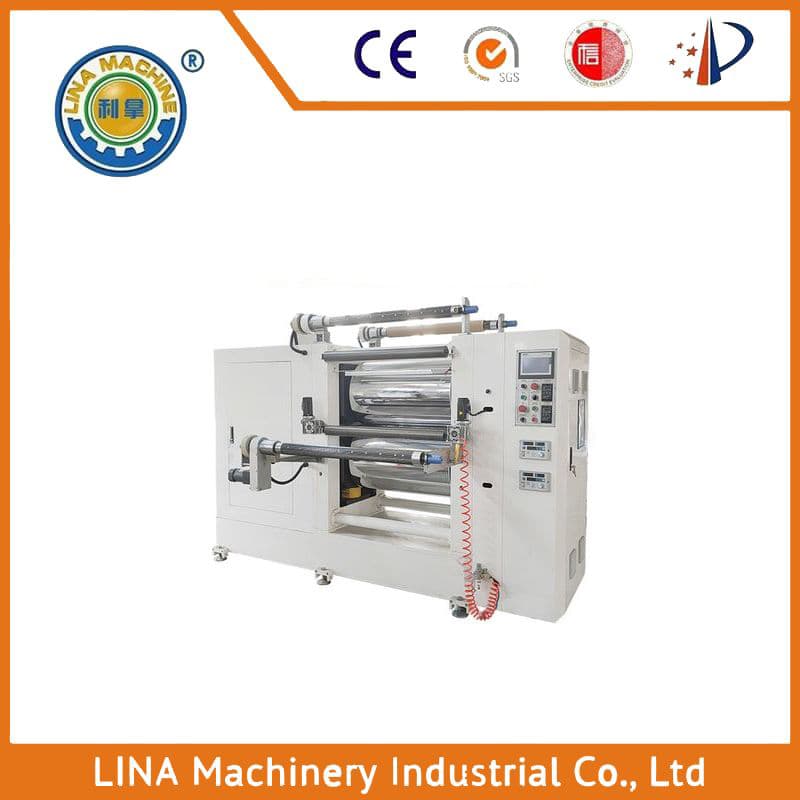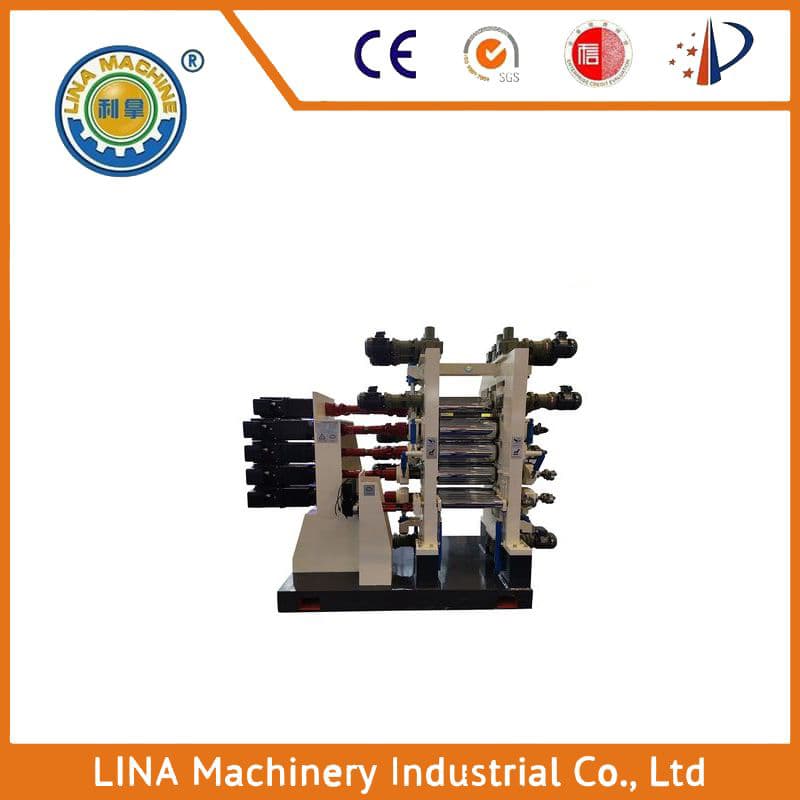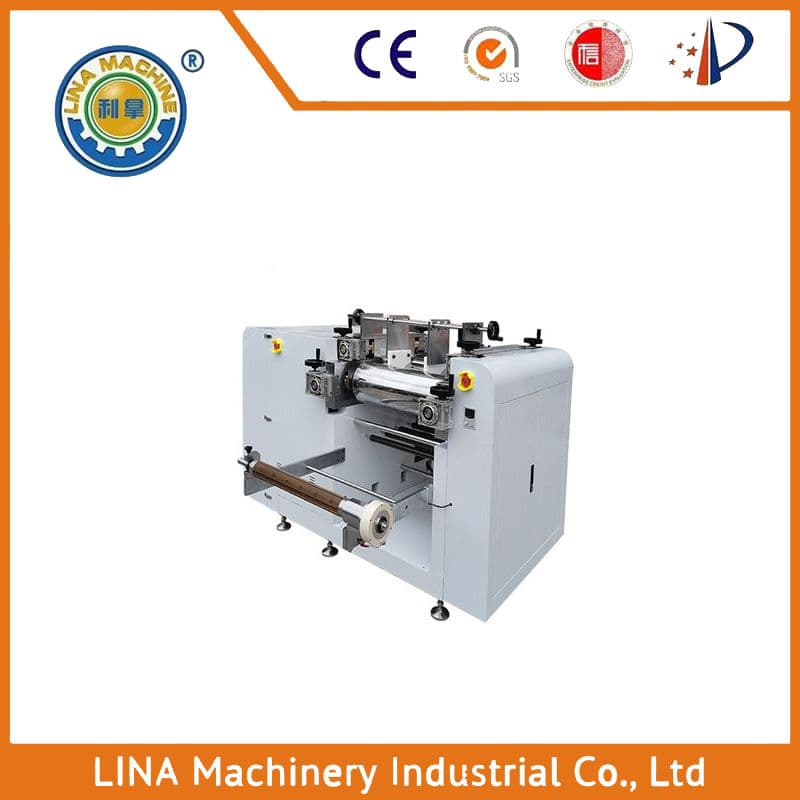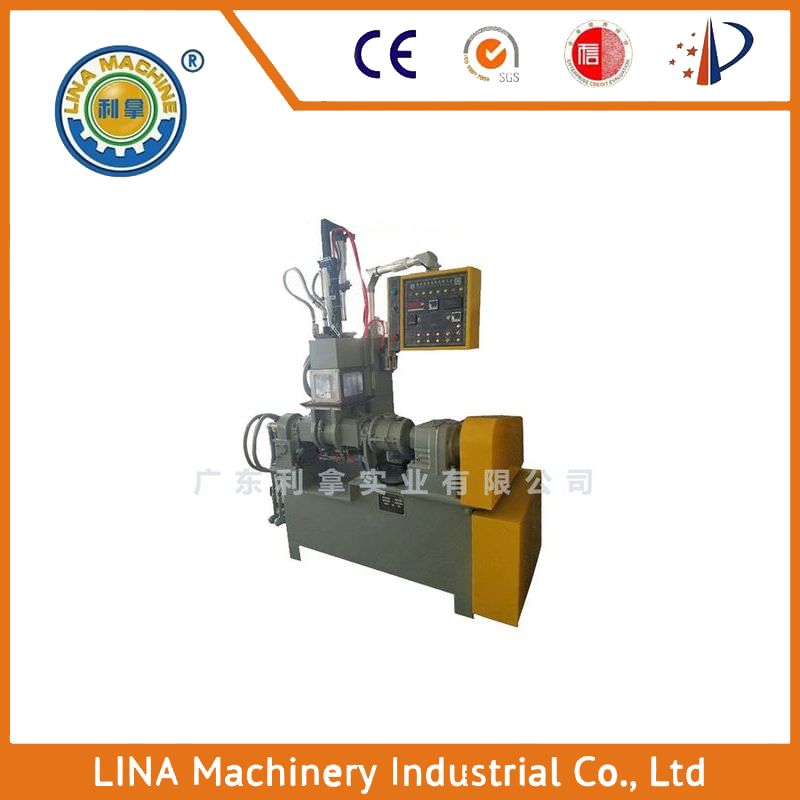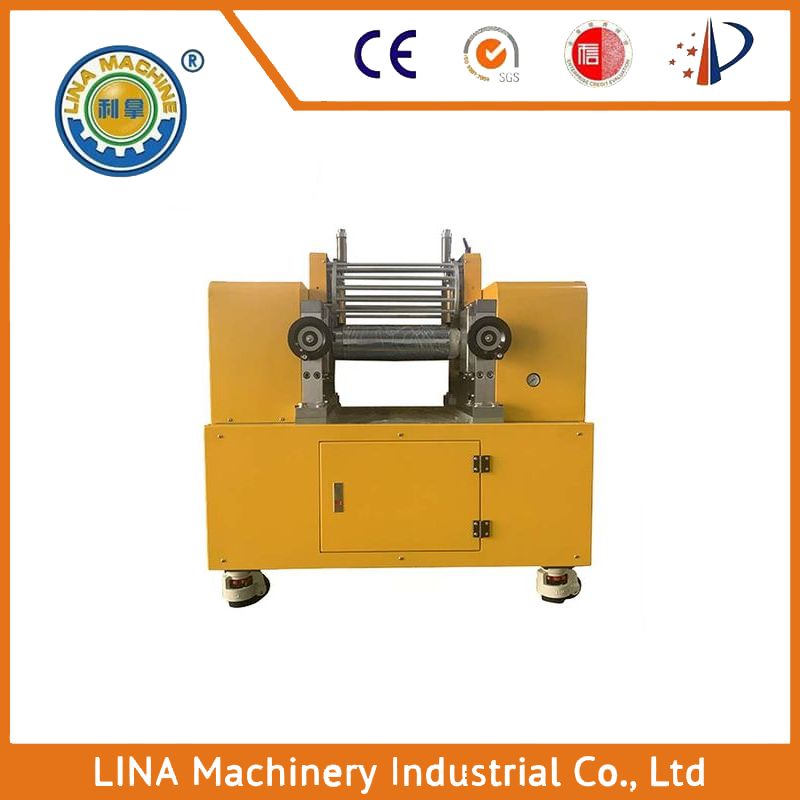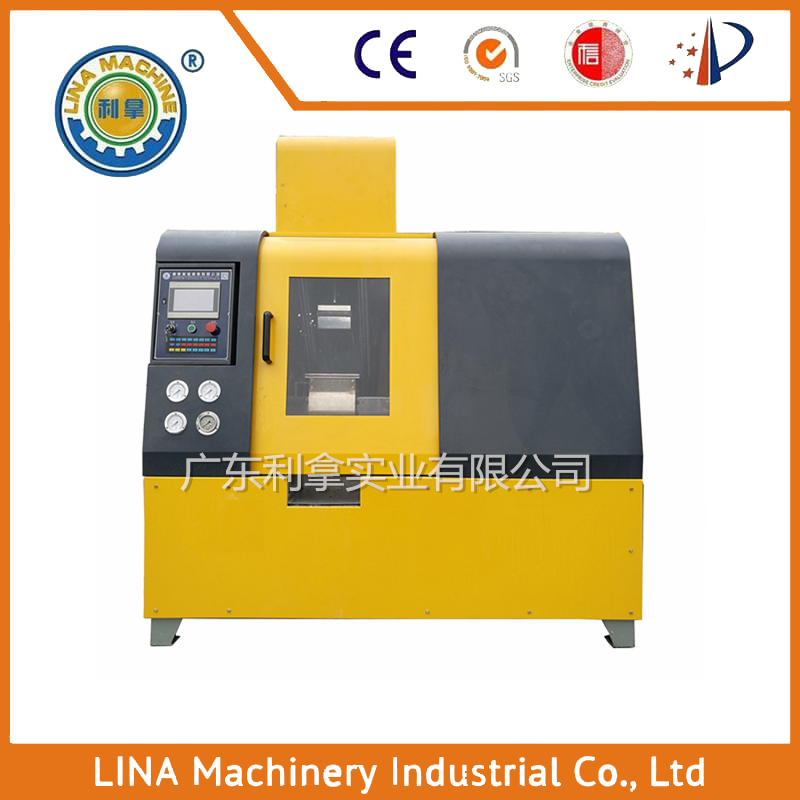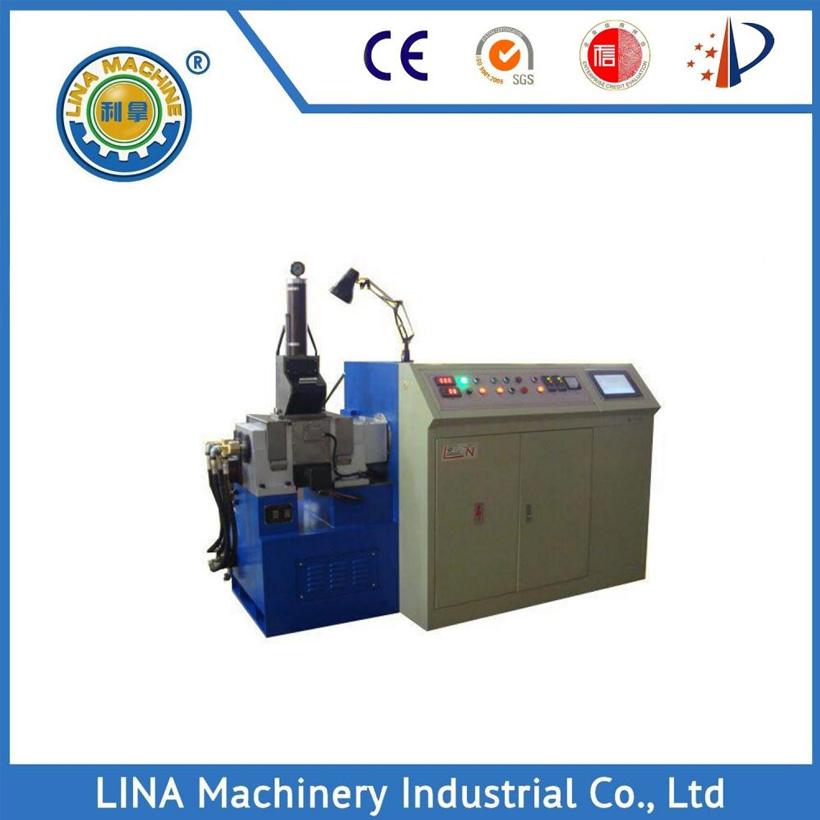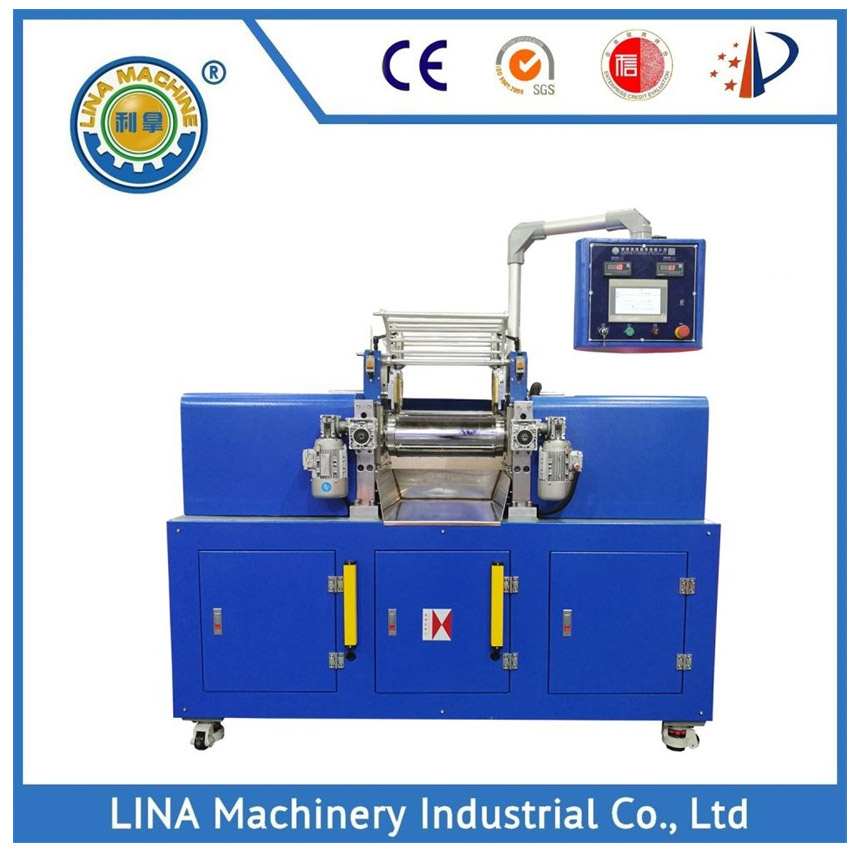




Lab Two Roll Mill
The Lab Two Roll Mill are widely used in industries such as rubber compounding, plastic processing, and polymer blending due to their versatility, efficiency, and ability to achieve precise mixing and
TAG: Lab Two Roll Mill
Addictives in the form of particles, powder, and liquid are allowed to be added as activators, fillers, or oils into the base. With the rotation of the two rolls, the internal macromolecular chains of the raw materials are broken accordingly for mastication, and the compositions inside the rubber compound are further dispensed to complete mixing, thus producing sheet-like materials for further molding desired products. During the process, the operator needs to keep cutting, folding, and rolling the material on the front roll manually with a tool made of bamboo or wood to enhance the uniformity of the compositions.
|
Item |
Specification |
Remarks |
|
Type |
XK-160-6 |
|
|
Roller Diameter |
160 mm |
|
|
Roller Width |
350 mm |
|
|
Linear Velocity of Front Roller |
18r/min |
|
|
Speed Ratio of Rollers (Front/Rear) |
1:1.29 |
|
|
Maximum Roller Distance |
5 mm |
|
|
Production Yield |
1.5-3.0 KG per time |
Electric/oil/steam heating and circulating water cooling. |
|
Motor Powder |
5.5/7.5 KW |
|
|
Weight |
About 1000 KG |
|
|
Dimensions |
About 1650*600*1150 |
|
Lab Two Roll Mill Working Principle
The raw materials and supplementary ingredients inserted between the two rolls are pulled into the space between the rolls as they rotate, experiencing significant squeezing and shearing forces. This leads to material deformation, enhancing the contact surface area between the components. As stress surpasses the material's threshold, its internal macromolecular chains stretch and break, further dispersing and evenly blending the components. This iterative process continues until the desired chewing or mixing state is attained, resulting in the desired compound in sheet form.



